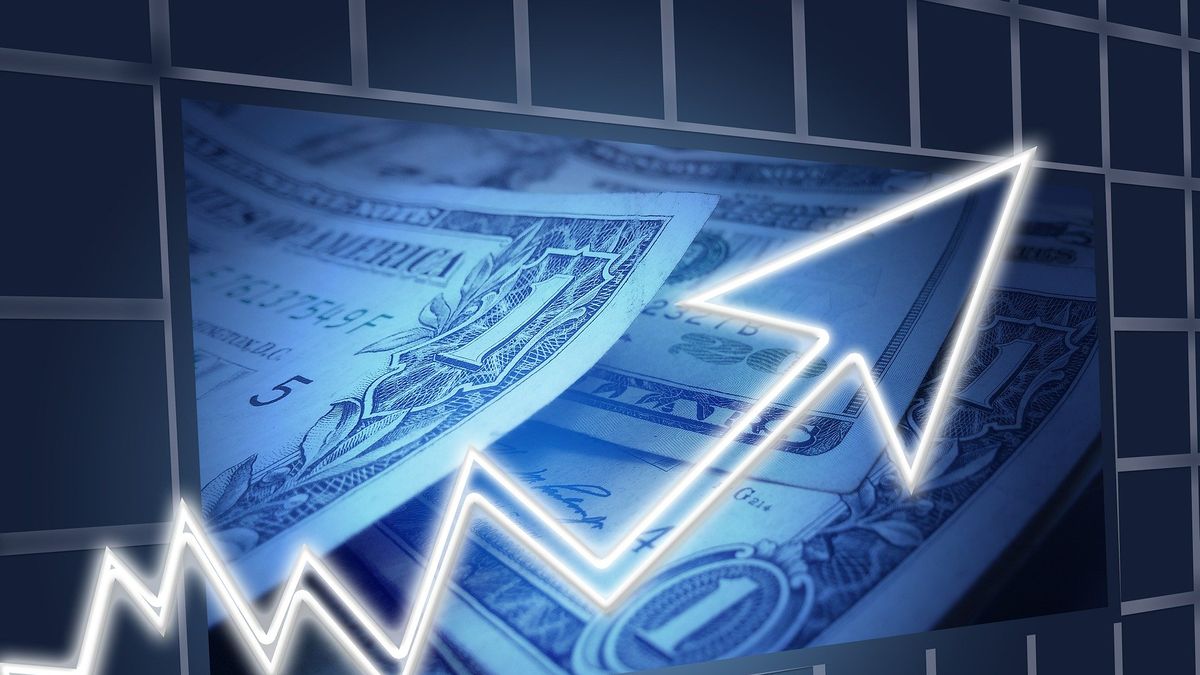An alarm light remains on on the minister’s dashboard Economy, Luis Caputoin relation to the prices of mass consumer goods. Although People perceive that values rose in dollarswhich is true, if we compare those prices in hard currency with those before the devaluation, They would still be late.
In that case, opening to import promoted by the head of the Treasury Palace could have a relative impact on inflation controlin the same way that the possibility also arises that Companies continue trying to regain profitability in the short term.
This is the effect of the multiple exchange rates that exist in Argentina, where one official interacts in combination with a value for exporters (blend dollar) and another for importers (PAIS Tax), all of them combined with falling salary levels.
ireal-prices-u$s.png
According to an estimate made by the economist Diego Giacomini, director of Economy and Ethics, inflation in dollars in February rose 18.9%, against 13.2% for the CPI in pesos.
In the case of the comparison of the accumulated between December, January and February, inflation in pesos exceeded the measurement in dollars, precisely due to the impact of the devaluation: 71% in domestic currency and 39.5% in the US currency. But this only measures the variation in prices although it does not say anything about what levels they were at at the end of February.
A study by the Institute of Economic Research for the Argentine and Latin American Reality (IERAL) suggests that the Prices in dollars are still behind the level they had in September.
The IERAL warns that “Towards the end of 2023, both retail and wholesale prices, measured in official dollars, reached their highest values of the entire period ” and states that “the devaluation corrected that problem, although without returning to the levels at the beginning of the period.” And he points out that “it also“and it is observed that both baskets begin to recover value in dollars in the last two months.”
“Analyzing what happened with the CPI until February, we find that The final prices of goods and services became cheaper in dollars compared to what they were worth in September last year,” says IERAL.
The business school of the Mediterránea Foundation indicated that “in perspective of a month prior to the December devaluation and also the beginning of the special exchange regime for exporters, The cost of the basket of products fell by 12% in official dollars, 19% in export dollars and 20% in import dollars”.
The study indicates that 10 of 12 items became cheaper in dollars and that “the biggest adjustments are found in services, although some goods also appear.”
Prices in dollars compared to before the devaluation
At the official exchange rate, among the items that stand out are “Education” (-43%), “Clothing and footwear” (-28%), “Housing, water, electricity, gas and other fuels” (-24%), “Restaurants and hotels” (-18%) and “Recreation and culture” (-16%).
A few steps below are: “Alcoholic beverages and tobacco” (-12%), “Food and non-alcoholic beverages” (-9%), “Home equipment” (-8%), “Health” (-7% ) and “Communication” (-2%).
Only 2 of the 12 items did not decrease: “Various goods and services”, which became 12% more expensive in hard currency since then, and “Transport”, which remained practically unchanged.
If the perspective is expanded and compared vs December 2019the conclusions are modified, February 2024 retail prices are 22% more expensive in official dollars, 13% more expensive in the export dollar, and 4% more expensive in the import dollar.
To the official dollar, only 3 items were cheaper in February 2024 than in December 2019: “Housing, water, electricity, gas and other fuels” (-33%), “Education” (-33%) and Communication” (- twenty-one%); while the largest increases were recorded in “Restaurants and hotels” (+43%), “Food and non-alcoholic beverages” (+41%) and “Clothing and footwear” (+35%).
What happened to wholesale prices
Prices at the wholesale level are showing a strong deceleration in pesos. They had risen 7.6% in October, 11.1% in November, 54% in December, 18% in January and 10.2% in February.
But, according to IERAL, the February prices, expressed in dollars that define foreign trade operations (export dollar and import dollar), ““They were on average between 7 and 8% below the values of September 2023”
ieral.wholesalers.u$s.png

For the entity, “still retained a (small) part of the effect of the devaluation and the changes in the conditions that govern these operations (blend dollar, Country Tax).”
“A special paragraph deserves the heading food and beverages, whose prices were recently questioned by government authorities,” highlights the report from the Córdoba-based foundation.
He points out that last month heWholesale prices “were 4% below compared to September 2023 in official dollars and 11% below in relation to the export dollar.”
“And as for the Retail prices are between 9% and 16% lower depending on the dollar used as a reference. That is to say, these products had not completely copied the devaluation either, despite being those with greater external competitiveness and the possibility of market substitution that the Argentine economy most likely has,” the report indicates.
Source: Ambito




